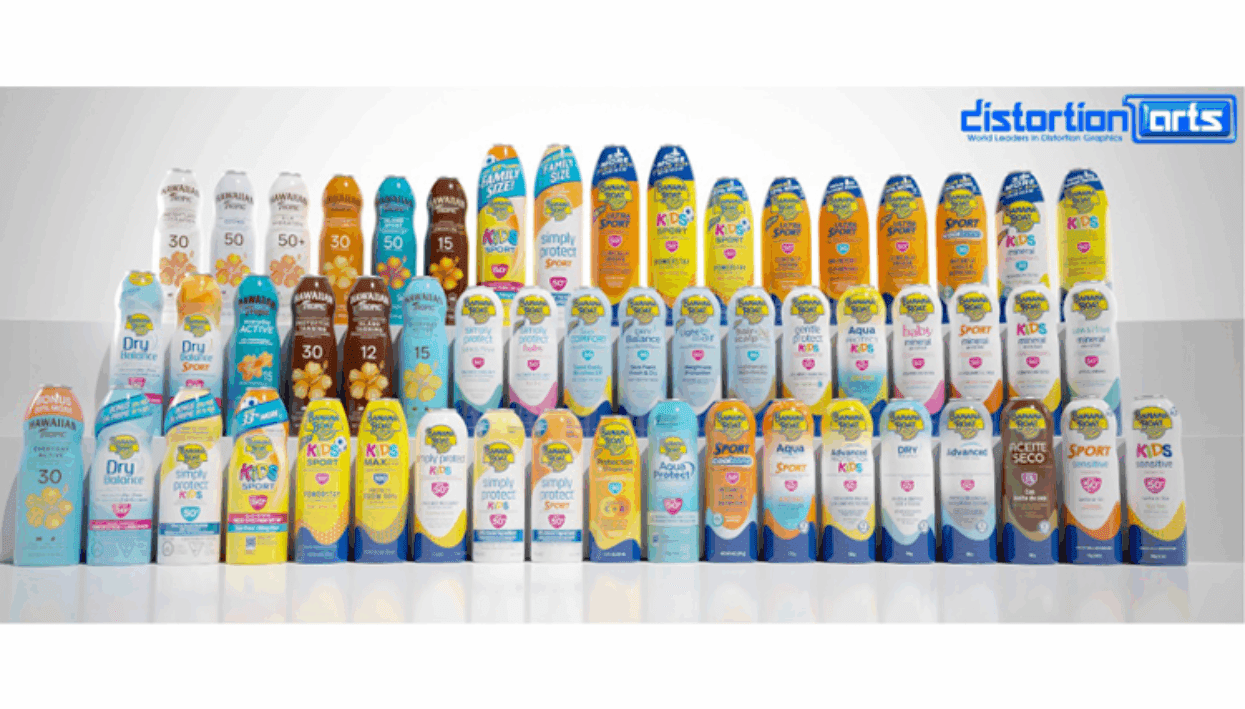Digital Printing
Screen Printing
The art of distortion printing
Author
FESPA Staff
Published Date
26/09/2023
Become a FESPA Member
to Continue Reading
